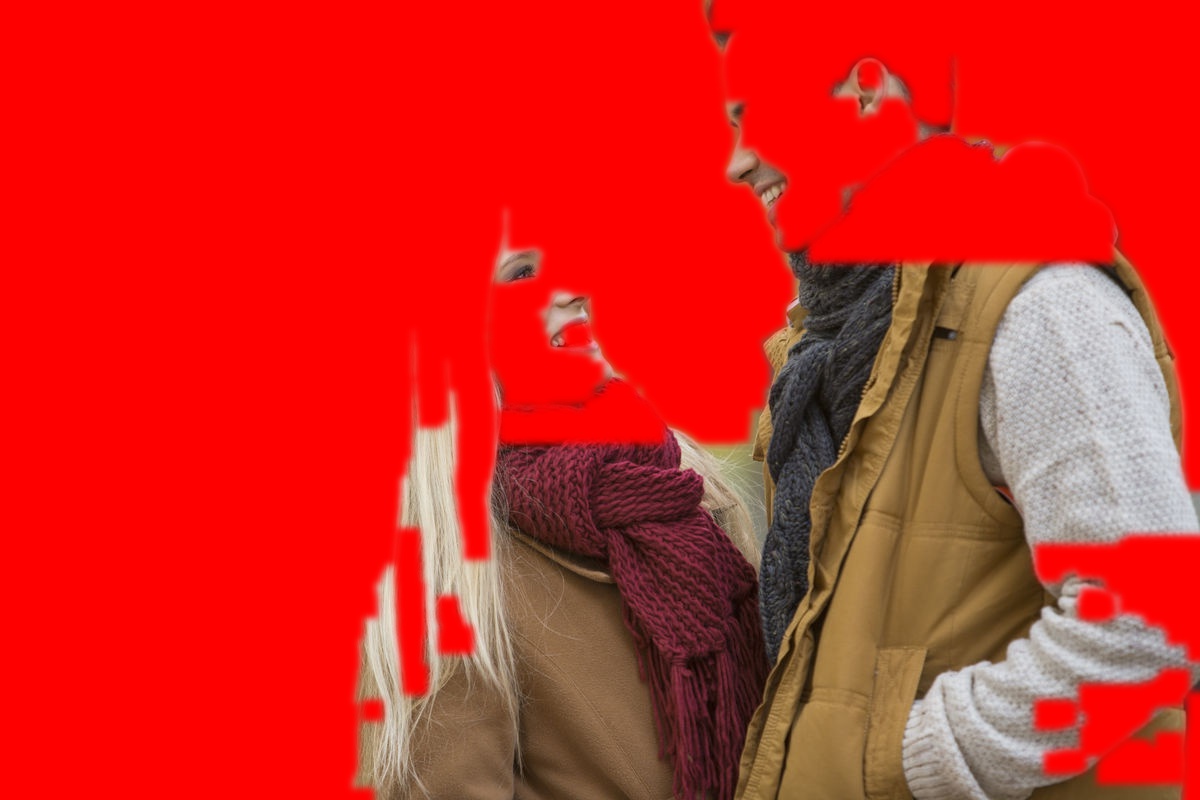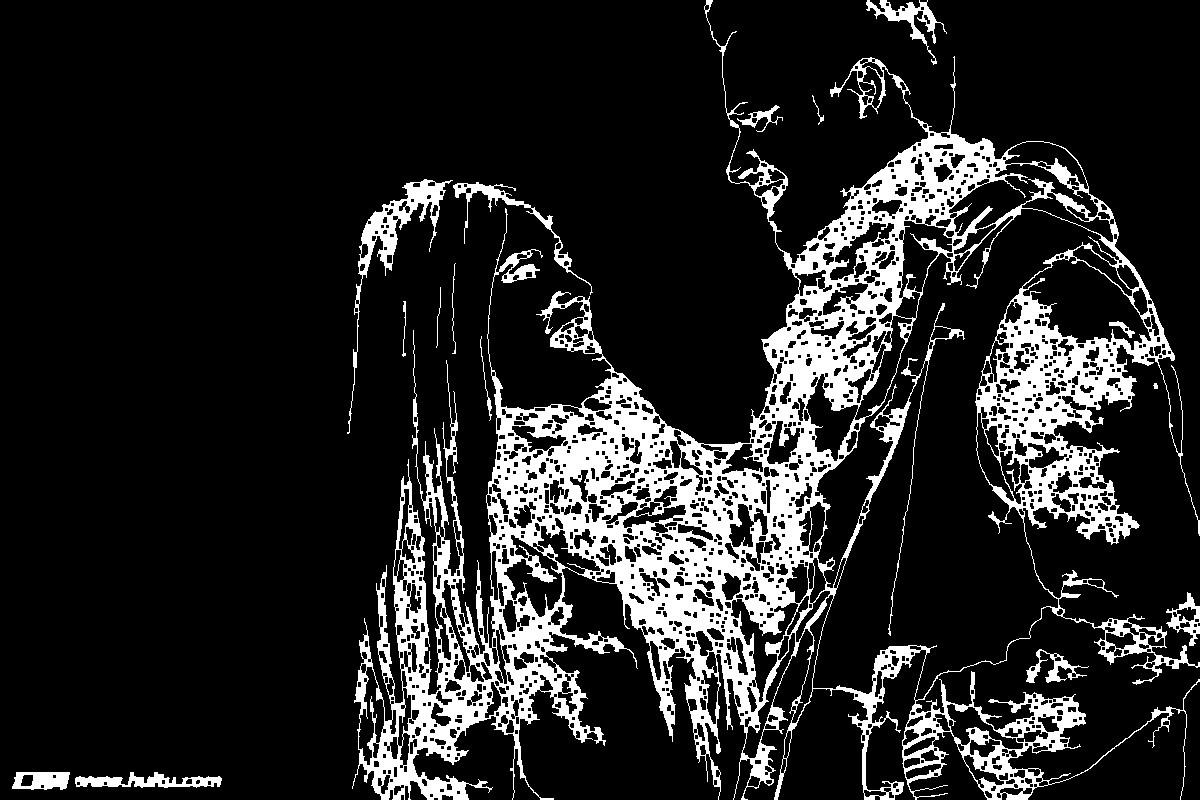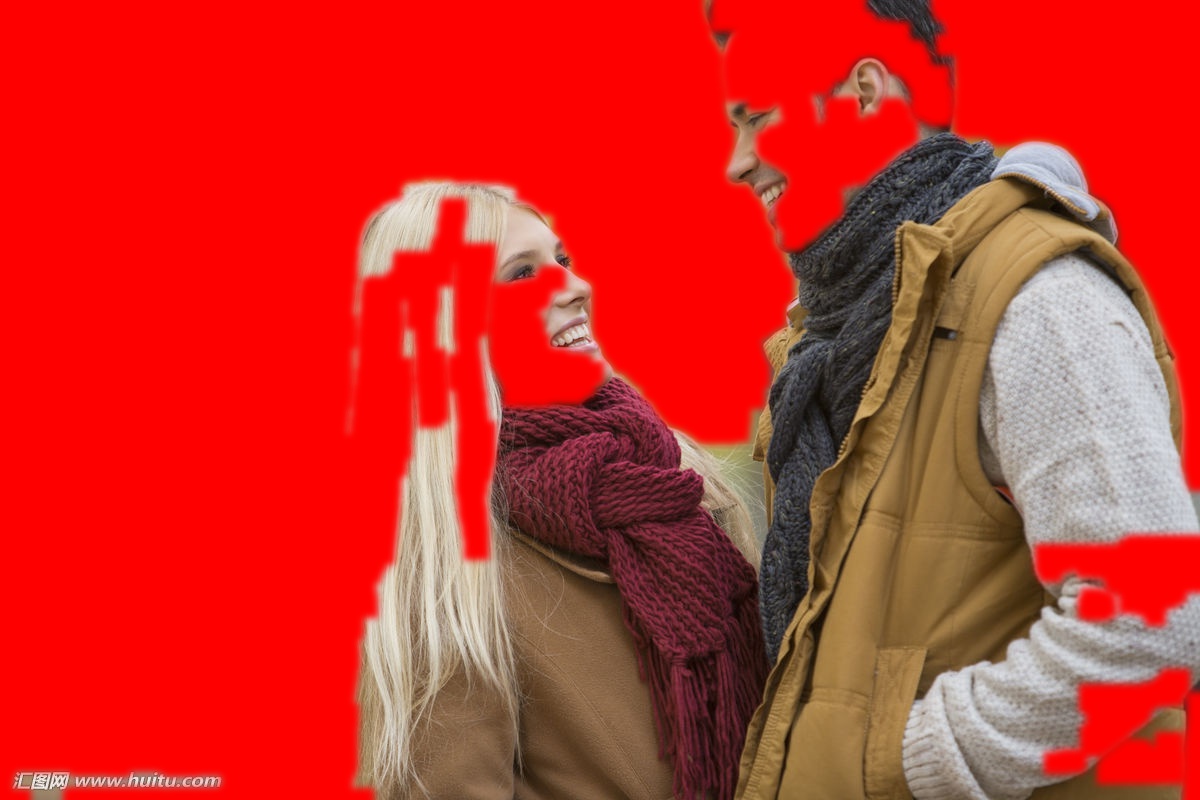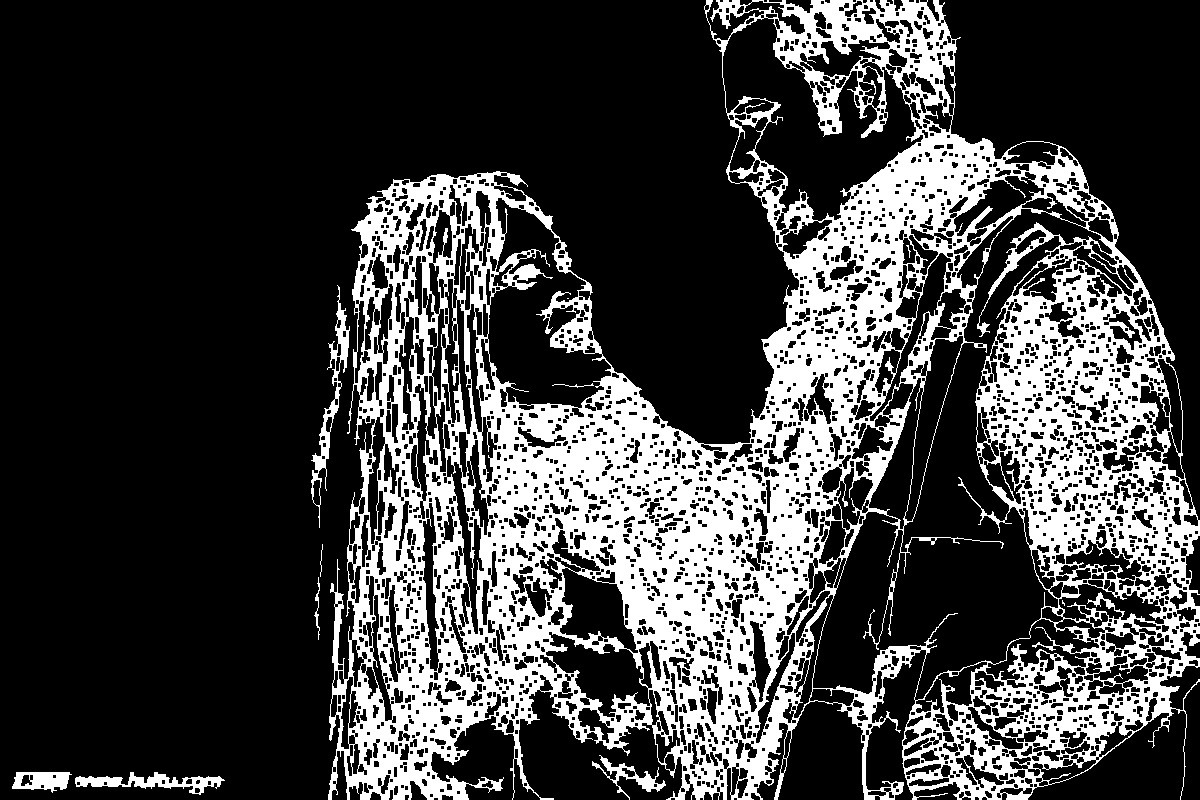<分区>
我一直在寻找一种技术来删除任何给定图像的背景。这个想法是检测人脸并删除检测到的人脸的背景。我已经完成了脸部部分。现在去除背景部分仍然存在。
我使用了这个代码。
import cv2
import numpy as np
#== Parameters
BLUR = 21
CANNY_THRESH_1 = 10
CANNY_THRESH_2 = 200
MASK_DILATE_ITER = 10
MASK_ERODE_ITER = 10
MASK_COLOR = (0.0,0.0,1.0) # In BGR format
#-- Read image
img = cv2.imread('SYxmp.jpg')
gray = cv2.cvtColor(img,cv2.COLOR_BGR2GRAY)
#-- Edge detection
edges = cv2.Canny(gray, CANNY_THRESH_1, CANNY_THRESH_2)
edges = cv2.dilate(edges, None)
edges = cv2.erode(edges, None)
#-- Find contours in edges, sort by area
contour_info = []
contours, _ = cv2.findContours(edges, cv2.RETR_LIST, cv2.CHAIN_APPROX_NONE)
for c in contours:
contour_info.append((
c,
cv2.isContourConvex(c),
cv2.contourArea(c),
))
contour_info = sorted(contour_info, key=lambda c: c[2], reverse=True)
max_contour = contour_info[0]
#-- Create empty mask, draw filled polygon on it corresponding to largest contour ----
# Mask is black, polygon is white
mask = np.zeros(edges.shape)
cv2.fillConvexPoly(mask, max_contour[0], (255))
#-- Smooth mask, then blur it
mask = cv2.dilate(mask, None, iterations=MASK_DILATE_ITER)
mask = cv2.erode(mask, None, iterations=MASK_ERODE_ITER)
mask = cv2.GaussianBlur(mask, (BLUR, BLUR), 0)
mask_stack = np.dstack([mask]*3) # Create 3-channel alpha mask
#-- Blend masked img into MASK_COLOR background
mask_stack = mask_stack.astype('float32') / 255.0
img = img.astype('float32') / 255.0
masked = (mask_stack * img) + ((1-mask_stack) * MASK_COLOR)
masked = (masked * 255).astype('uint8')
cv2.imshow('img', masked) # Display
cv2.waitKey()
cv2.imwrite("WTF.jpg",masked)
但是这段代码只适用于这张图片
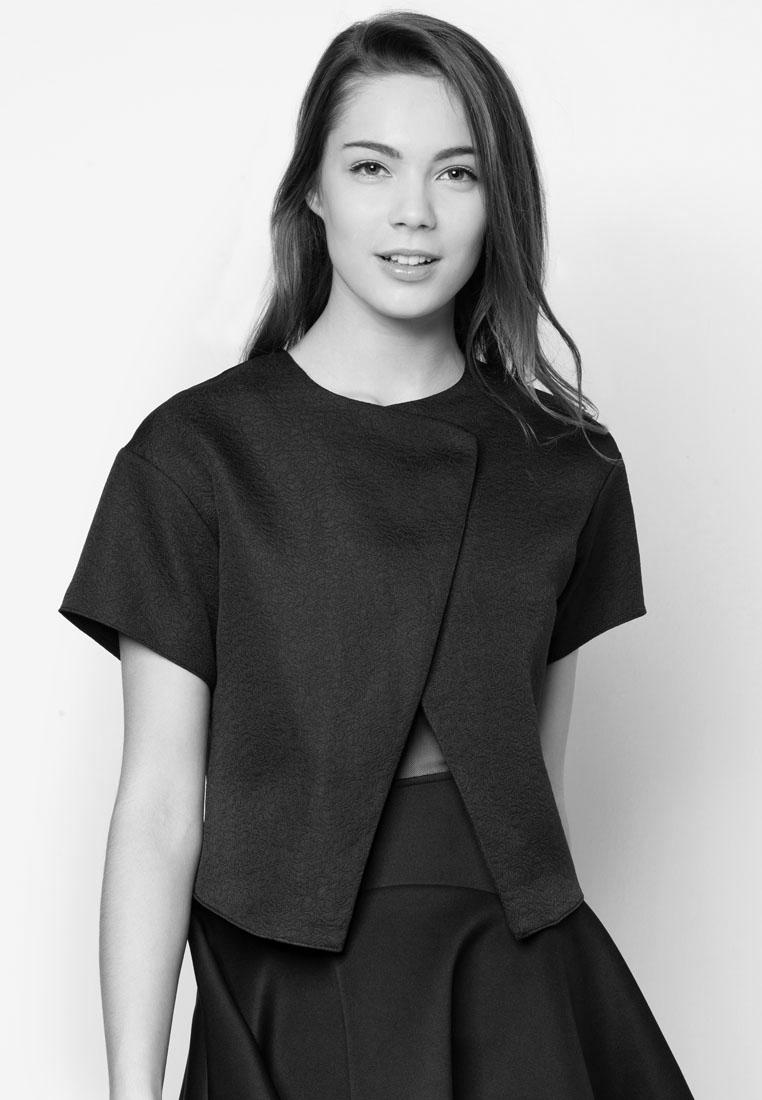
应该在代码中更改什么以使其适用于不同的图像

